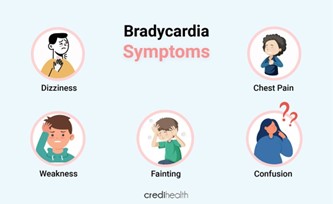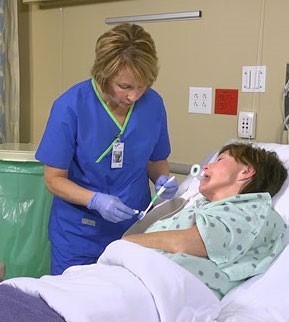A nurse is planning care for a client who has dehydration and hypotension. Which of the following actions should the nurse plan to take?
Instruct the client to perform the Valsalva manoeuvre.
Elevate the head of the client’s bed.
Encourage the client to use guided imagery to relax.
Increase the client’s fluid intake.
The Correct Answer is D
Dehydration can cause hypotension, so increasing fluid intake can help to restore fluid levels and improve blood pressure1. Mild dehydration can be treated with fluids and electrolytes, while moderate-to-severe dehydration may require treatment with intravenous fluids and electrolytes2.
Nursing Test Bank
Naxlex Comprehensive Predictor Exams
Related Questions
Correct Answer is A
Explanation
A heart rate of 56/min is considered bradycardia, which is defined as a heart rate slower than 60 beats per minute 1. Bradycardia can prevent the brain and other organs from getting enough oxygen, possibly causing symptoms such as dizziness or light-headedness.

Correct Answer is B
Explanation
Turning the client to the side can help prevent aspiration while performing oral care on an unconscious patient.

Whether you are a student looking to ace your exams or a practicing nurse seeking to enhance your expertise , our nursing education contents will empower you with the confidence and competence to make a difference in the lives of patients and become a respected leader in the healthcare field.
Visit Naxlex, invest in your future and unlock endless possibilities with our unparalleled nursing education contents today
Report Wrong Answer on the Current Question
Do you disagree with the answer? If yes, what is your expected answer? Explain.
Kindly be descriptive with the issue you are facing.
